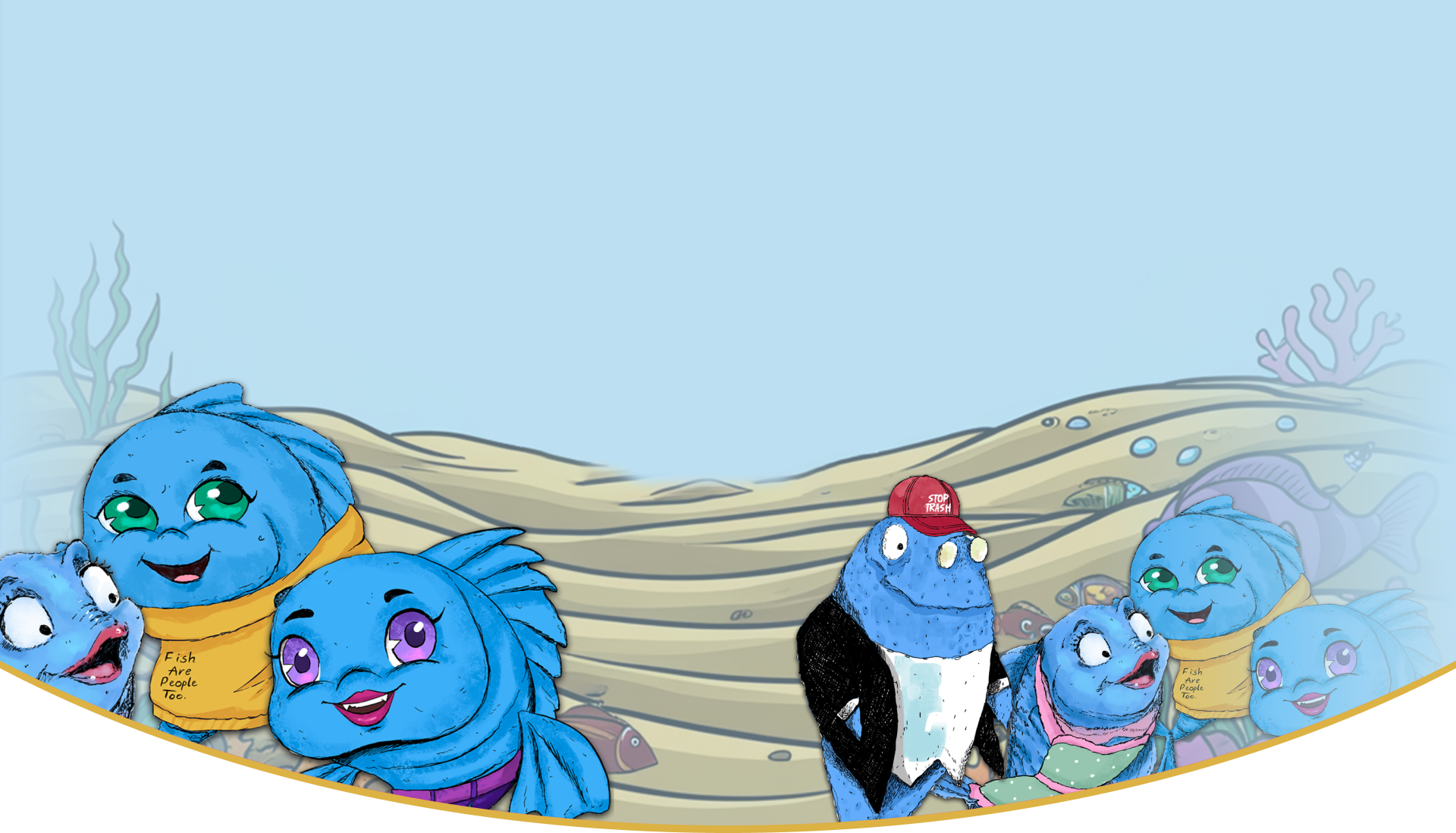Knowing about a problem and actually doing something about it are two completely different things. Most people today are aware that pollution threatens our oceans. We’ve seen the photos of plastic islands floating in the Pacific and heard about coral reefs dying from rising temperatures. Yet awareness alone rarely leads to lasting behavior change. The challenge lies in bridging the gap between understanding environmental problems and taking consistent action to address them.
The human brain tends to push away information that feels too big to handle. When people hear about global ocean pollution, their first reaction might be to feel helpless. After all, what can one person do about millions of tons of plastic waste? This feeling of powerlessness often leads to mental shutdown rather than engagement.
Effective environmental education starts with making problems feel manageable. Instead of overwhelming people with statistics about worldwide pollution, successful programs focus on local issues that individuals can actually influence. When someone learns that their neighborhood stream feeds into a river that flows to the ocean, the connection becomes personal and actionable.
Stories create emotional connections that facts alone cannot. When people read about Freddy Fish’s family struggling with pollution in their underwater home, they develop feelings about the characters and their situation. These emotional connections motivate action far more effectively than charts and graphs about water quality measurements.
Hands-on experiences transform abstract concepts into concrete understanding. Taking people to see polluted waterways, organizing beach cleanups, or visiting water treatment facilities makes environmental issues real and immediate. When someone pulls plastic bottles from a stream with their own hands, they understand pollution differently than when they read about it online.
Social connections amplify individual motivation. People are more likely to maintain new behaviors when they feel part of a community working toward shared goals. Environmental groups that focus on relationship-building often see better long-term participation than those that only share information.
Success stories provide hope and practical models. When people hear about communities that have successfully cleaned up polluted waterways or reduced plastic waste, they see that positive change is possible. These examples show specific steps that worked in real situations, making action feel achievable rather than theoretical.
Small actions build confidence for bigger changes. Someone who starts by switching to a reusable water bottle might later feel ready to organize a workplace recycling program. Each successful step creates momentum for the next challenge.
The most effective environmental education programs combine emotional engagement with practical tools. They help people understand why change matters while providing clear guidance on how to make that change happen. They celebrate small victories while building toward larger goals.
Making environmental education stick requires patience and repetition. People need multiple exposures to new ideas before they become habits. Programs that provide ongoing support and regular reminders see much better results than one-time awareness campaigns.
Change happens when people feel both personally connected to environmental issues and empowered to make a difference in addressing them.


